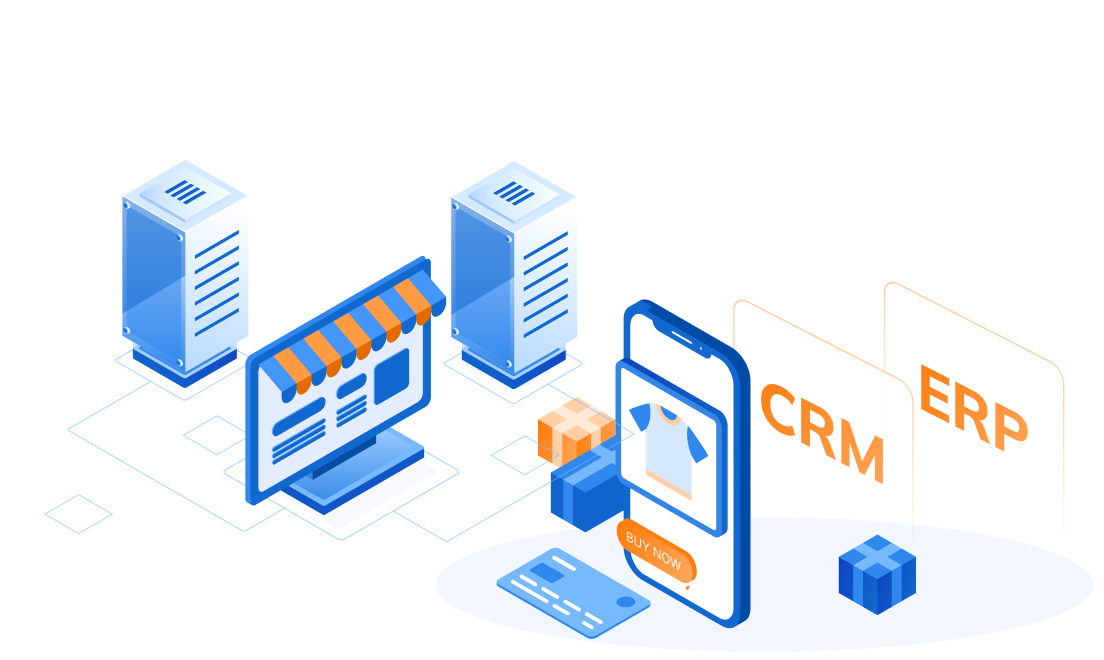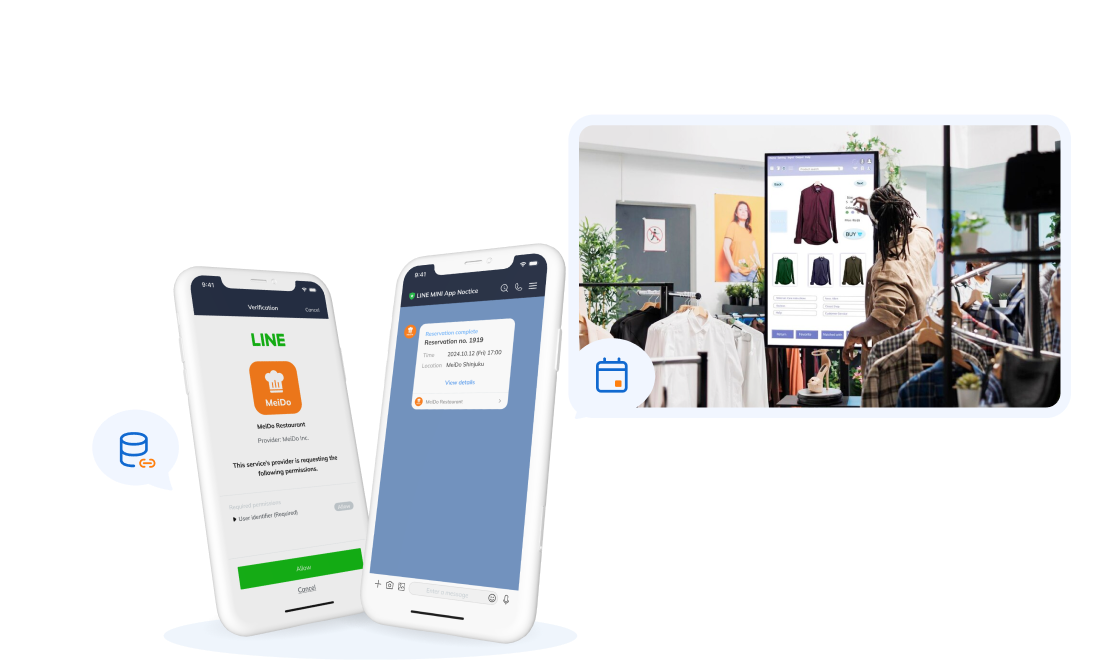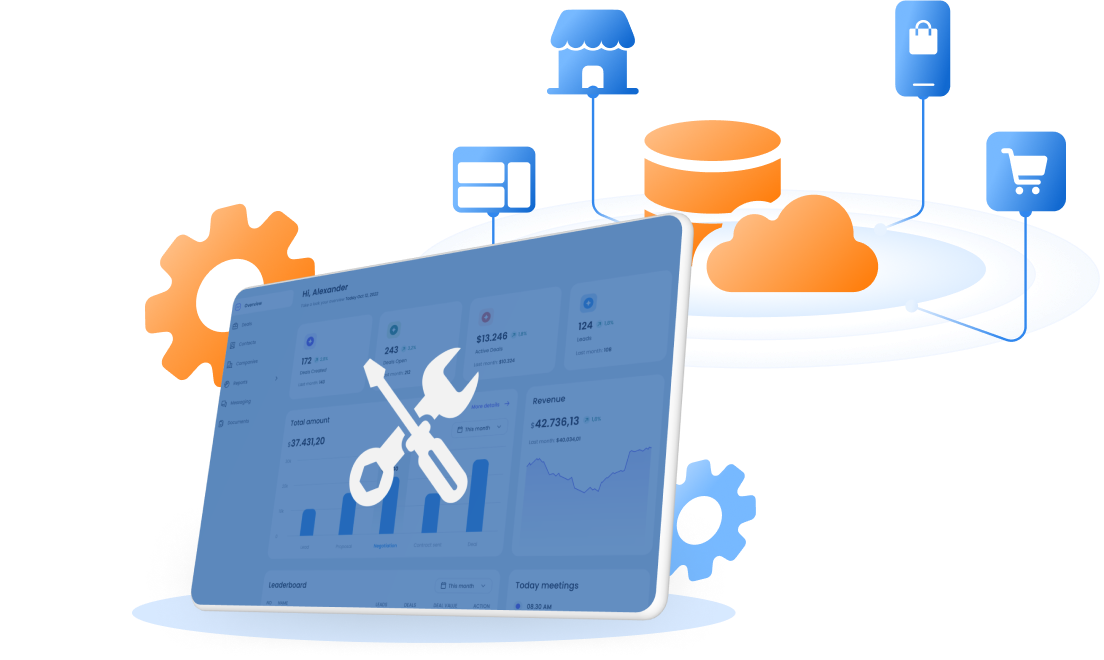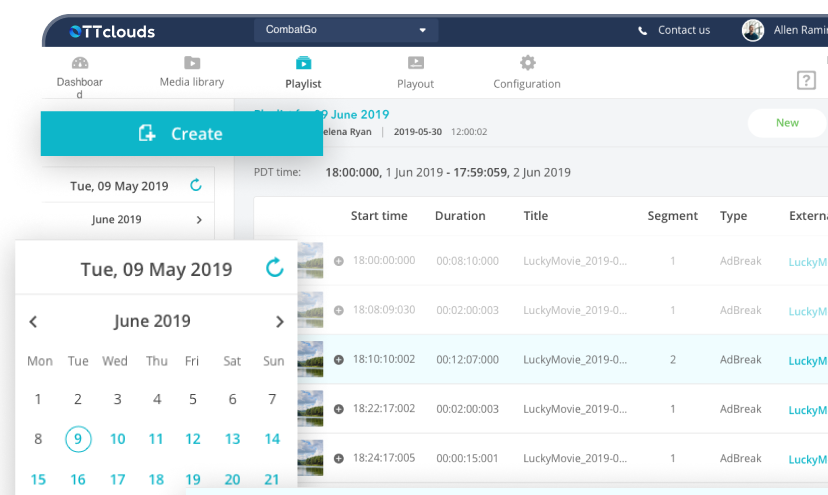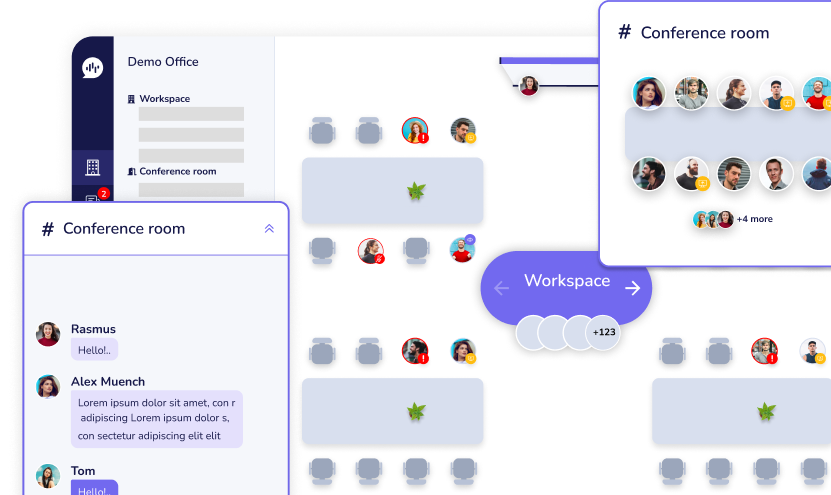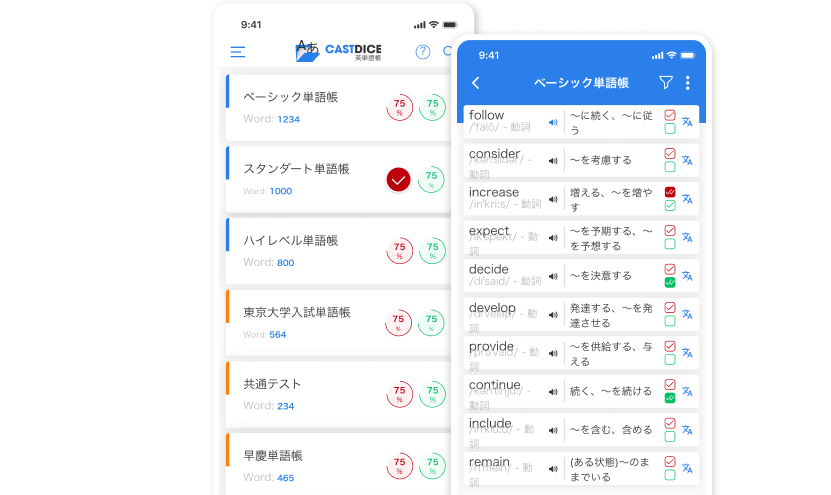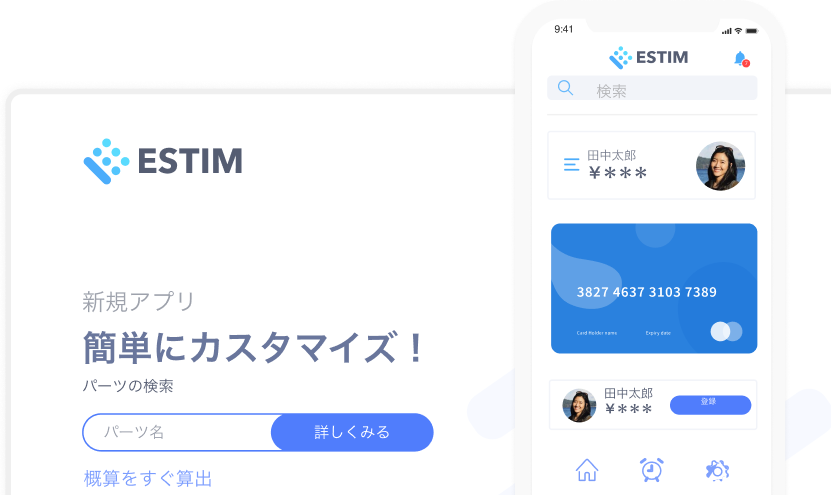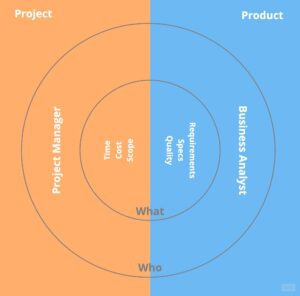The Story of a Business Analyst – My Journey into The Field
10/10/2025
414
“You don’t need an IT background to become a Business Analyst — as long as you have passion, perseverance, and a willingness to learn.”
Hi, I’m Quỳnh Anh, currently working as a Business Analyst (BA) at SupremeTech. If someone had told me a few years ago that “you might end up working in the tech industry,” I probably would’ve laughed and shaken my head — because I studied at the University of Foreign Language Studies – University of Danang, which has nothing to do with IT.
And yet, somehow, fate led me to the BA role — something I had never even heard of before, but have now come to truly enjoy and feel connected to every single day. Here’s my “beginner’s journey” — from having zero knowledge to finding my path in the fascinating world of technology.
First steps into the IT world
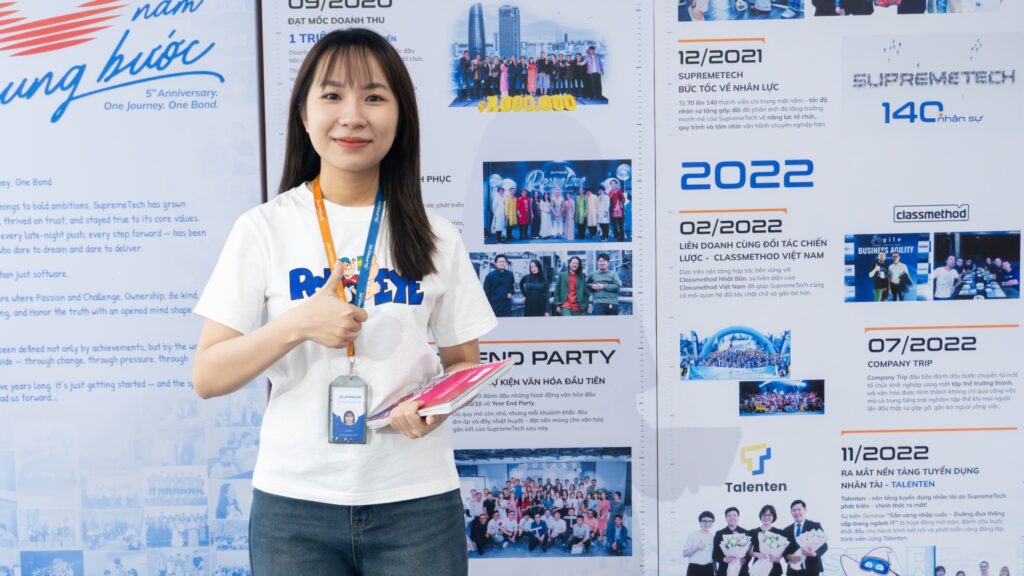
Back then, I had no idea what a BA was. I only vaguely knew it was something “related to IT.” Through a friend’s recommendation, I joined a basic training course at a software company to explore the field. That course introduced me to my very first concepts of business processes, programming, databases, and MySQL. Everything felt new — sometimes even overwhelming — but incredibly exciting.
Still, when the course ended, one question lingered in my mind: “What does a BA actually do every day? And how are these lessons applied in real projects?”
That question stayed with me — until I got the chance to intern at SupremeTech.
Internship – Where my Business Analyst journey became clearer
Thanks to a collaboration program between SupremeTech and my university, I was accepted as a BA Intern. That became the first turning point that allowed me to truly “touch” the profession.
Although I wasn’t directly involved in client projects, every day during my internship opened new doors for me:
- Learning how to listen and communicate with clients to truly understand their needs.
- Getting familiar with common Japanese IT terms used in the workplace.
Writing clear and concise business documents. - And most importantly, understanding how a non-IT person can effectively communicate and collaborate with technical teams.
The seniors in my team were always patient, sharing not just knowledge but real project experiences. Thanks to their support, I no longer felt intimidated — instead, I grew more curious and passionate about becoming a BA.
Read more articles:
From intern to Full-time Business Analyst

My internship eventually ended, but my journey with SupremeTech didn’t stop there. With a proactive mindset and eagerness to learn, I was offered a full-time position — and that’s when my real BA journey began.
This time, it wasn’t about lessons or training sessions anymore, but about real work:
- Analyzing business requirements with clients.
- Writing detailed documentation for developers.
Reviewing and validating requirements to ensure the product meets business goals. - Communicating constantly in an Agile environment — where things move faster than you expect.
Of course, it wasn’t always smooth. There were days I felt overwhelmed, confused by technical discussions, or unsure how to convey ideas clearly to the dev team. But thanks to the solid foundation from my internship and the support of my teammates, I learned to stand firm and keep moving forward.
What being a Business Analyst means to me
![[BA Series] The story of a BA – My journey into the field](https://www.supremetech.vn/wp-content/uploads/2025/10/Blog-1-1-1024x576.jpg)
For me, being a Business Analyst is a journey without a finish line — there’s always something new to learn, new people to connect with, and new problems to solve.
If you’re curious about this career, my advice is: “Don’t be afraid to start, no matter what background you come from. Keep your curiosity alive and never stop learning — you’ll eventually find your own path.”
I’m deeply grateful to SupremeTech for giving me the chance to begin, to make mistakes, to grow, and to become who I am today.
And if you’re curious about the BA world, stay tuned for our ‘The Story of a BA’ series — because who knows, you might just see a bit of yourself in the stories to come.




